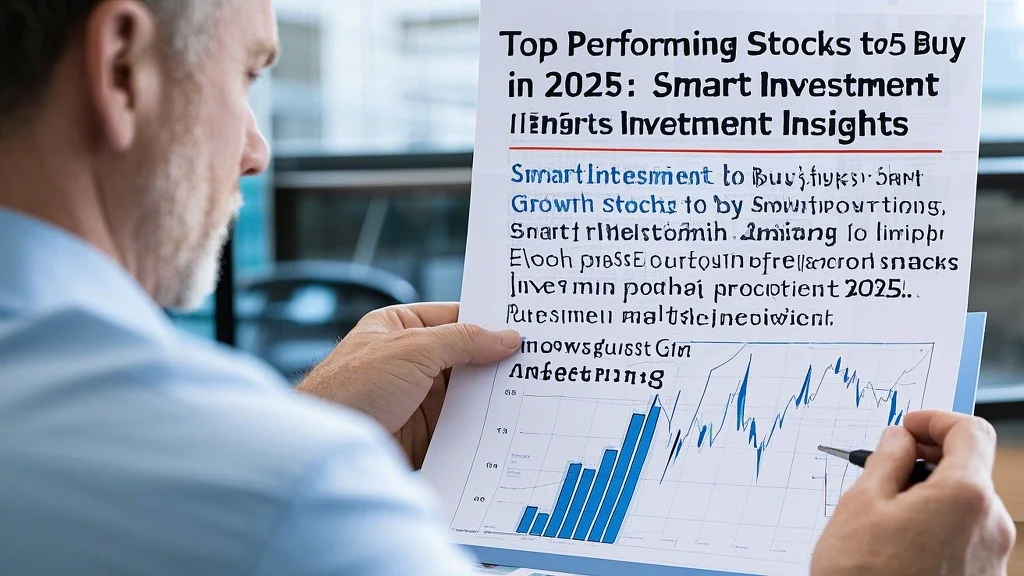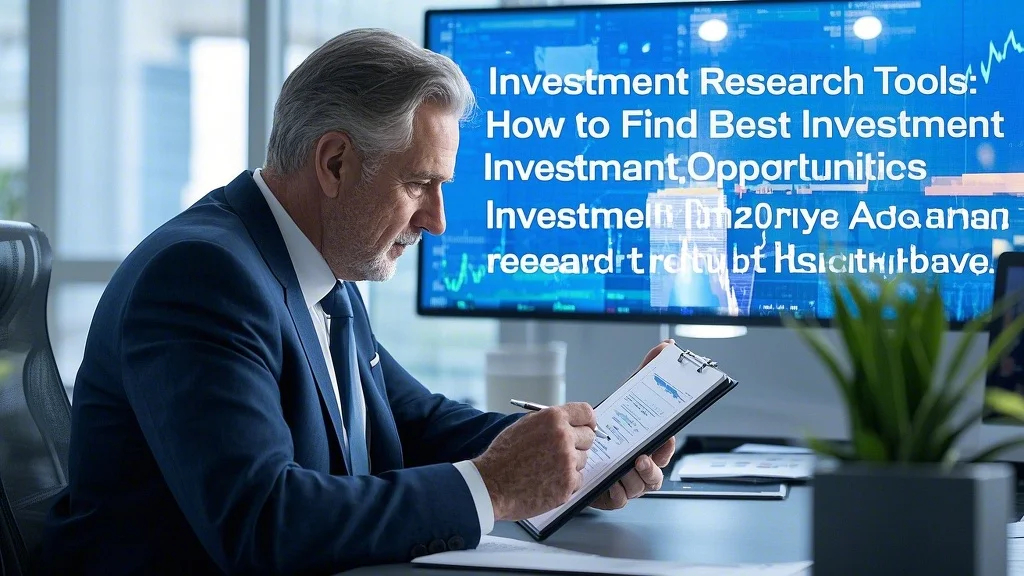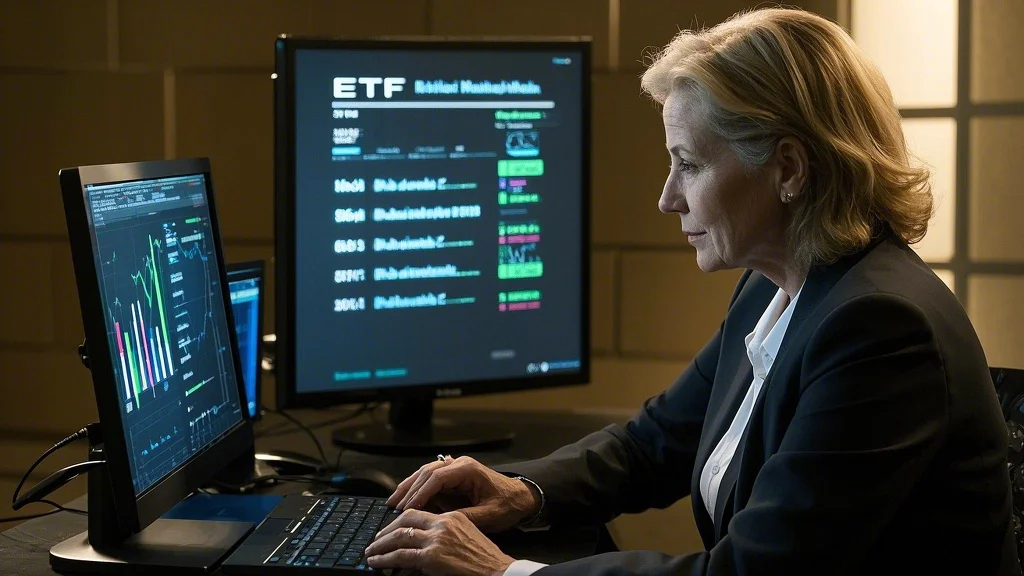The Art of Investment Portfolio Diversification
True investment portfolio diversification goes far beyond simply owning different stocks – it’s about constructing a balanced financial ecosystem where each component serves a distinct purpose. Many investors mistakenly believe that holding twenty technology stocks constitutes diversification, when in reality they’re exposed to identical sector risks. The most resilient portfolios combine assets with low correlation – investments that don’t move in lockstep during market fluctuations. This approach smooths out volatility while still allowing participation in high-return investments through carefully selected positions. Consider how fine art collectors balance established masters with emerging talents – the blue-chip names provide stability while the newcomers offer growth potential.
Modern investment portfolio diversification must also account for geopolitical realities and macroeconomic trends that traditional models didn’t anticipate. The rise of cryptocurrency assets, the explosion of alternative investments like farmland REITs, and access to emerging markets through innovative ETFs have all expanded the diversification toolkit. Savvy investors now think in terms of risk factors rather than just asset classes – balancing exposure to interest rate sensitivity, inflation protection, and currency fluctuations. This multidimensional approach proves particularly valuable when market shocks hit certain sectors disproportionately hard, as witnessed during pandemic-related disruptions to travel and energy markets.
Balancing Risk and Reward With High-Return Investments
The pursuit of high-return investments often leads investors into dangerous territory where the potential rewards don’t justify the risks. Seasoned portfolio managers approach this challenge by creating “core and satellite” structures – the core being stable, diversified holdings that preserve capital, while the satellites represent calculated bets on growth opportunities. This framework allows participation in potentially lucrative ventures without jeopardizing the entire portfolio. Many successful investors allocate no more than 10-15% of their total portfolio to speculative positions, ensuring that even complete losses in these areas won’t derail their financial plans.
Identifying genuine high-return investments requires distinguishing between temporary market frenzies and sustainable growth stories. The recent meme stock phenomenon demonstrated how social media can create artificial demand disconnected from fundamentals. By contrast, companies benefiting from structural shifts like cloud computing adoption or aging demographics often deliver consistent outperformance. The most disciplined investors combine thorough fundamental analysis with patience – they understand that truly transformative businesses need years to realize their potential, not quarters. This long-term perspective helps avoid the trap of chasing short-term spikes that frequently reverse.

Developing Smart Investment Strategies for Volatile Markets
Today’s economic landscape demands smart investment strategies that account for heightened volatility and unpredictable shocks. One increasingly popular approach involves “barbelling” – simultaneously holding ultra-safe assets like Treasury bonds alongside carefully selected aggressive growth positions. This strategy provides stability during downturns while maintaining exposure to upside potential. Another sophisticated tactic involves using options not for speculation but as insurance policies against portfolio declines, a technique once reserved for institutional investors but now accessible to individuals through various platforms.
The most effective smart investment strategies incorporate behavioral finance principles to counteract common psychological traps. Automatic rebalancing schedules prevent emotional decisions during market extremes. “Buy lists” prepared during calm periods help avoid impulsive choices when volatility spikes. Perhaps most importantly, successful strategies account for an investor’s personal “sleep-at-night” factor – recognizing that the mathematically optimal portfolio means little if its fluctuations cause stress-induced selling at the worst possible times. These psychological safeguards become particularly valuable when dealing with volatile growth stocks to buy, where dramatic price swings test even seasoned investors’ resolve.
Identifying Quality Growth Stocks to Buy and Hold
Selecting growth stocks to buy requires a different mindset than evaluating stable blue-chip companies. While traditional valuation metrics remain important, growth investors must also assess total addressable market, competitive moats, and management’s ability to execute ambitious plans. The most successful growth companies often operate in industries undergoing fundamental transformation – think e-commerce during the retail apocalypse or streaming services during cable’s decline. These firms typically reinvest profits into expansion rather than paying dividends, making cash flow analysis more revealing than traditional P/E ratios.
The best growth stocks to buy share several less-discussed characteristics: strong customer retention metrics, decreasing customer acquisition costs over time, and scalable business models that improve margins as they grow. Investors should pay particular attention to companies creating entirely new product categories rather than just taking market share in existing ones. Another often-overlooked factor involves employee satisfaction and talent retention – in knowledge industries, human capital frequently determines long-term success. While past performance never guarantees future results, studying how companies navigated previous economic downturns can reveal much about their resilience and adaptability.
Leveraging Investment Research Tools for Better Decisions
Modern investment research tools have democratized access to information that was once the exclusive domain of Wall Street professionals. From AI-powered screening platforms that identify unusual options activity to satellite imagery tracking retail parking lot density, today’s tools go far beyond traditional financial statements. The challenge lies in filtering signal from noise – the most valuable tools help investors focus on material data rather than overwhelming them with irrelevant metrics. Specialized platforms now exist for nearly every investment approach, whether deep value, growth-at-a-reasonable-price, or technical analysis.
Sophisticated investment research tools can provide early warning signs about portfolio concentrations or sector overexposures that might otherwise go unnoticed. Portfolio stress-testing features allow investors to simulate how their holdings might perform during various economic scenarios. For those investing in international markets, currency risk analysis tools help quantify often-overlooked exchange rate exposures. Perhaps most importantly, these tools facilitate disciplined processes rather than emotional reactions – enabling investors to stick to their strategies when markets become turbulent. The key lies in selecting tools that match one’s investment philosophy rather than chasing every new analytical fad.
Constructing a Diversified High-Performance Portfolio
Bringing all these elements together requires a systematic approach to portfolio construction that balances investment portfolio diversification with selective exposure to high-return investments. Many successful investors use a pyramid approach: broad market index funds form the base, sector-specific ETFs the middle layer, and carefully chosen individual stocks the apex. This structure provides automatic diversification while allowing for targeted bets on high-conviction ideas. Regular portfolio “audits” help identify when successful growth stocks have become oversized positions requiring rebalancing back to target allocations.
The final piece involves aligning the portfolio with personal circumstances – time horizon, liquidity needs, and tax considerations all influence optimal construction. A young professional can afford more growth stock exposure than someone nearing retirement. Taxable accounts might favor qualified dividends over ordinary income-generating investments. These personal factors matter as much as market conditions when building durable portfolios. By combining disciplined diversification, thorough research, and emotional control, investors can pursue attractive returns while managing the risks inherent in today’s complex markets.



